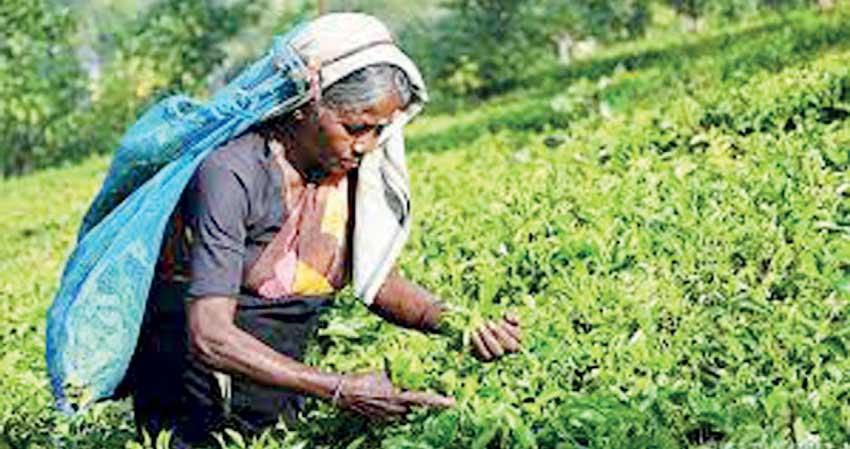Reply To:
Name - Reply Comment

According to the latest statistics, the tea production for the first four-month period up to end-April 2022 was 86 million/kgs, which is approximately a drop of 18 percent compared to the corresponding period of last year and the drought during the period and the shortage of fertiliser may be the main factors for the drop in production.
The export volume of the first four months of the year 2022 is 82 million/kgs, which is approximately 5 percent lower than the same period last year. The shortage of tea and other international factors such as the war between Russia and Ukraine may have resulted in the slight drop in export volumes but the gap can be bridged during the coming period.
The Colombo Tea Auction has reported an excellent demand and recorded attractive prices for the producers and leaf suppliers. The weakening of the rupee is also complementary to the increasing prices and benefiting the entire value chain, including the smallholders. It is noteworthy to see the trickle-down effect spreading throughout the entire supply chain. The e-trade (E-Auction) has created an easy buying and selling environment for the tea trade in Sri Lanka and it helps the continuous functioning of the tea industry without experiencing any delays in exports to overseas markets.
The shortage of fuel has created some disturbances to the logistics. However, the Regional Plantation Companies and smallholders are able to continue the harvesting of green leaf and arrange deliveries regularly. The producers and exporters are also making their maximum effort to meet the international demand while facing local and international challenges.
According to the Sri Lanka Tea Board, the tea industry is showing remarkable resilience to bounce back rapidly during the national crisis. The tea industry in Sri Lanka is almost 155 years old and the industry has faced several challenges especially in the last five decades, i.e. youth unrest in 1971, 30 years conflict from 1983, again 88/89 youth unrest, tsunami in 2004 and the COVID pandemic from 2020.
However, with the strong brand image of Ceylon Tea in international markets, strong smallholder sector, which accounts for 73 percent of the supply and commitment of other stakeholders, the industry has been able to secure its market share.